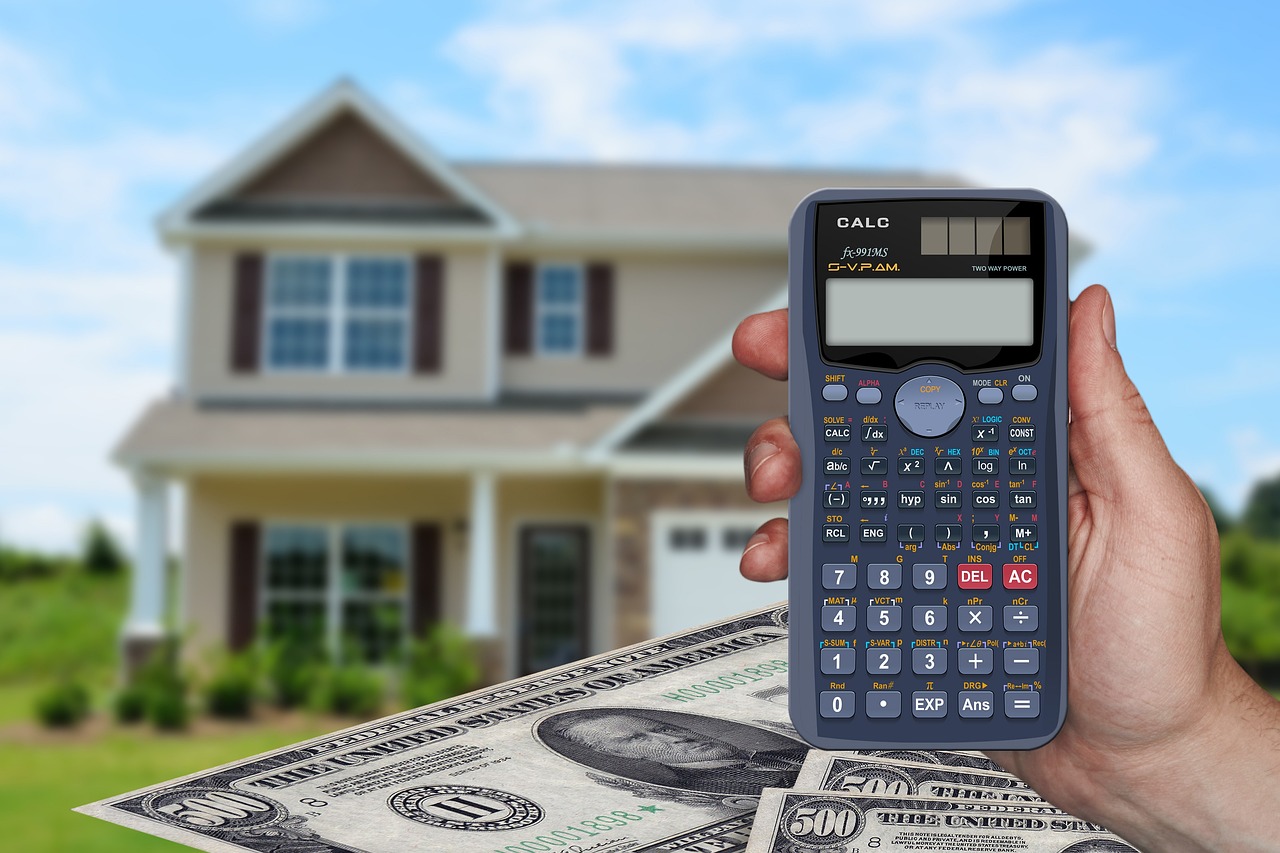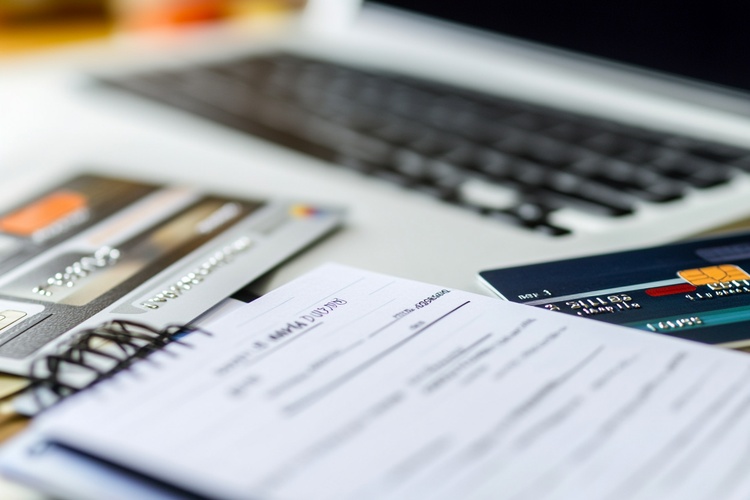Exploring buy now pay later options for phones
Thinking about upgrading your phone but don’t want to pay everything upfront? Buy now, pay later options might be the perfect solution. Learn how these flexible payment schemes work, what to watch out for, and how to choose the plan that best fits your budget and needs.

Buy Now Pay Later (BNPL) services have transformed the smartphone purchasing landscape, making high-end devices more accessible to budget-conscious consumers. Rather than paying the full price upfront, these payment solutions allow customers to spread the cost over time, often without interest if paid within the agreed period. With flagship phones regularly exceeding £1,000, BNPL has become an attractive alternative to traditional financing options like credit cards or personal loans.
What is buy now pay later and how does it work?
Buy Now Pay Later is a short-term financing option that allows consumers to purchase products immediately while deferring payment. Unlike traditional credit, many BNPL services don’t require hard credit checks and offer instant approval. The typical BNPL model for phones splits payments into equal installments over a fixed period, usually ranging from three to 24 months.
The process is straightforward: consumers select BNPL at checkout, make a small down payment (sometimes as little as £0), and receive their phone immediately. The remaining balance is automatically charged to their debit or credit card according to the predetermined schedule. Most providers offer interest-free periods, after which interest may apply to outstanding balances.
Major BNPL providers in the UK phone market include Klarna, Clearpay, PayPal Credit, and device-specific options from mobile carriers like EE, Vodafone, and O2. Many smartphone manufacturers also offer their own BNPL schemes, including Apple and Samsung.
Benefits of buy now pay later for phones
BNPL services offer several advantages for smartphone purchasers. The most obvious benefit is improved cash flow management—instead of depleting savings on a single purchase, consumers can preserve their cash reserves while still obtaining the device they want. This can be particularly valuable during financial emergencies or when budgeting for multiple expenses.
Interest-free periods are another significant advantage. Many BNPL providers offer zero interest if the balance is paid within a specified timeframe, typically 3-12 months. This can make BNPL more economical than traditional credit cards, which often charge high interest rates from day one.
The application process for BNPL is generally faster and more straightforward than applying for traditional credit. Many services provide instant approval with minimal documentation, allowing consumers to complete their purchase without delay. Additionally, some BNPL services don’t affect credit scores, though this varies by provider.
Potential risks and drawbacks
Despite their convenience, BNPL services come with notable risks. The most significant danger is the potential to accumulate debt beyond one’s means. The psychological ease of deferred payments can lead to impulse purchases and overextension of finances. Many consumers underestimate their future ability to make payments, especially when multiple BNPL agreements are active simultaneously.
Late payment penalties can be substantial with BNPL services. While the initial terms may seem attractive, missed payments often trigger fees and high interest rates. Some providers charge interest rates exceeding 20% APR once the interest-free period expires, potentially making the phone significantly more expensive than the original price.
Another concern is the impact on credit scores. While some BNPL services advertise “no credit check” options, many do report payment activity to credit bureaus. Late or missed payments can damage credit scores, affecting future borrowing capacity. Additionally, having multiple BNPL agreements may influence lenders’ decisions when assessing applications for mortgages or other significant loans.
Choosing the right plan
Selecting the appropriate BNPL plan requires careful consideration of several factors. First, examine the repayment terms—how many installments are required, and over what period? Shorter terms may mean higher monthly payments but less risk of long-term debt, while longer terms offer smaller payments but potentially more interest if not paid during the interest-free period.
Interest rates and fees should be thoroughly understood before committing. Compare the total cost of the phone when using different BNPL options versus paying upfront. Look beyond the advertised “interest-free” period to understand what happens if you can’t pay within that timeframe.
Your personal financial situation should guide your decision. Create a budget that accounts for the BNPL payments alongside other expenses and ensure you have a comfortable margin for unexpected costs. Consider whether the monthly payment fits comfortably within your disposable income.
Real-life examples of buy now pay later phones
Several major retailers and mobile carriers offer BNPL options for smartphones in the UK market. These services vary in terms, conditions, and availability depending on the provider.
| Provider | Payment Terms | Interest Rate | Additional Features |
|---|---|---|---|
| Klarna | 3 interest-free installments | 0% if paid on time, 18.9% APR after | No hard credit check for Pay in 3 |
| Clearpay | 4 interest-free installments | 0% if paid on time | Late fees apply |
| PayPal Credit | 4 months interest-free | 0% for 4 months, 21.9% APR after | Available at multiple retailers |
| Apple iPhone Payments | 24 monthly installments | 0% APR | Includes AppleCare option |
| Samsung Flex | 24-36 monthly installments | 0% APR | Option to upgrade after 12 months |
| EE Phone Plan | 24 monthly installments | 0% APR | Network-locked options |
| O2 Custom Plans | Up to 36 monthly installments | 0% APR | Flexible payment terms |
Prices, rates, or cost estimates mentioned in this article are based on the latest available information but may change over time. Independent research is advised before making financial decisions.
John, a university student, purchased the latest iPhone using Klarna’s Pay in 3 service. With a retail price of £999, he paid £333 upfront and two subsequent payments of £333 over the next two months. This allowed him to get the phone he wanted without depleting his student loan at the beginning of term.
Sarah, a freelance graphic designer with irregular income, chose Samsung Flex for her Galaxy S22. The 36-month plan allowed her to manage smaller payments during slower business periods. After 18 months, she exercised the upgrade option to get the newest model while continuing her payment plan.
Michael used PayPal Credit to purchase a mid-range Android phone for £499. He planned to pay it off within the 4-month interest-free period but missed the deadline due to unexpected expenses. This resulted in a 21.9% APR being applied to his remaining balance, significantly increasing the total cost of his phone.
Understanding the long-term financial impact
While BNPL services offer immediate access to new phones without upfront payment, consumers should consider the long-term financial implications. For those who pay within the interest-free period, BNPL can be a practical budgeting tool. However, extending beyond this period can substantially increase the total cost.
Financial experts recommend calculating the total potential cost before committing to a BNPL agreement. This includes considering the possibility of missed payments and subsequent interest charges. Some consumers find that saving for a phone and purchasing it outright ultimately costs less and creates better financial habits than relying on installment plans.
BNPL services work best when integrated into a comprehensive budget that accounts for all financial obligations. Before signing up, consumers should honestly assess whether the monthly payments are sustainable throughout the entire agreement period, especially for longer-term contracts that may span two to three years.




